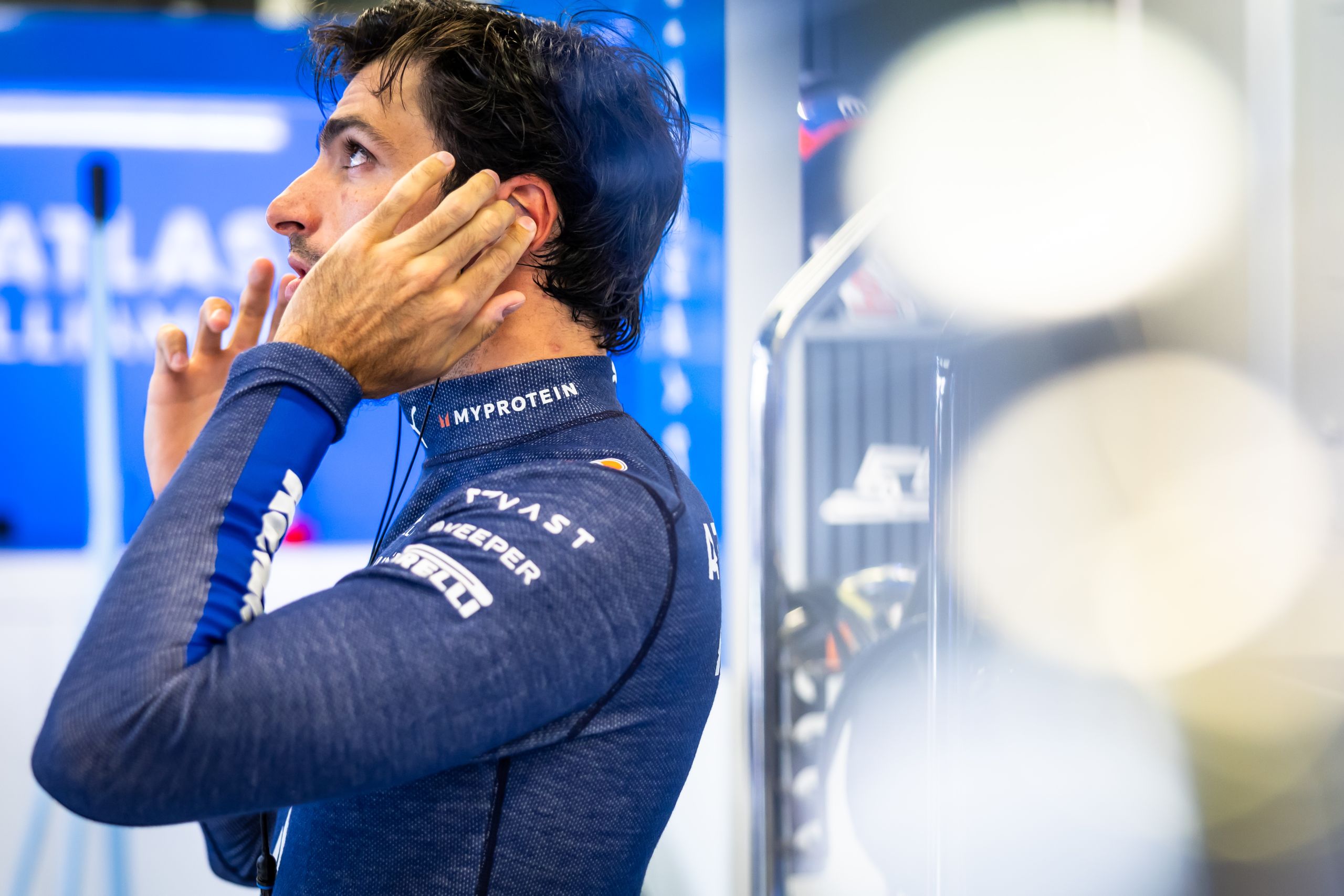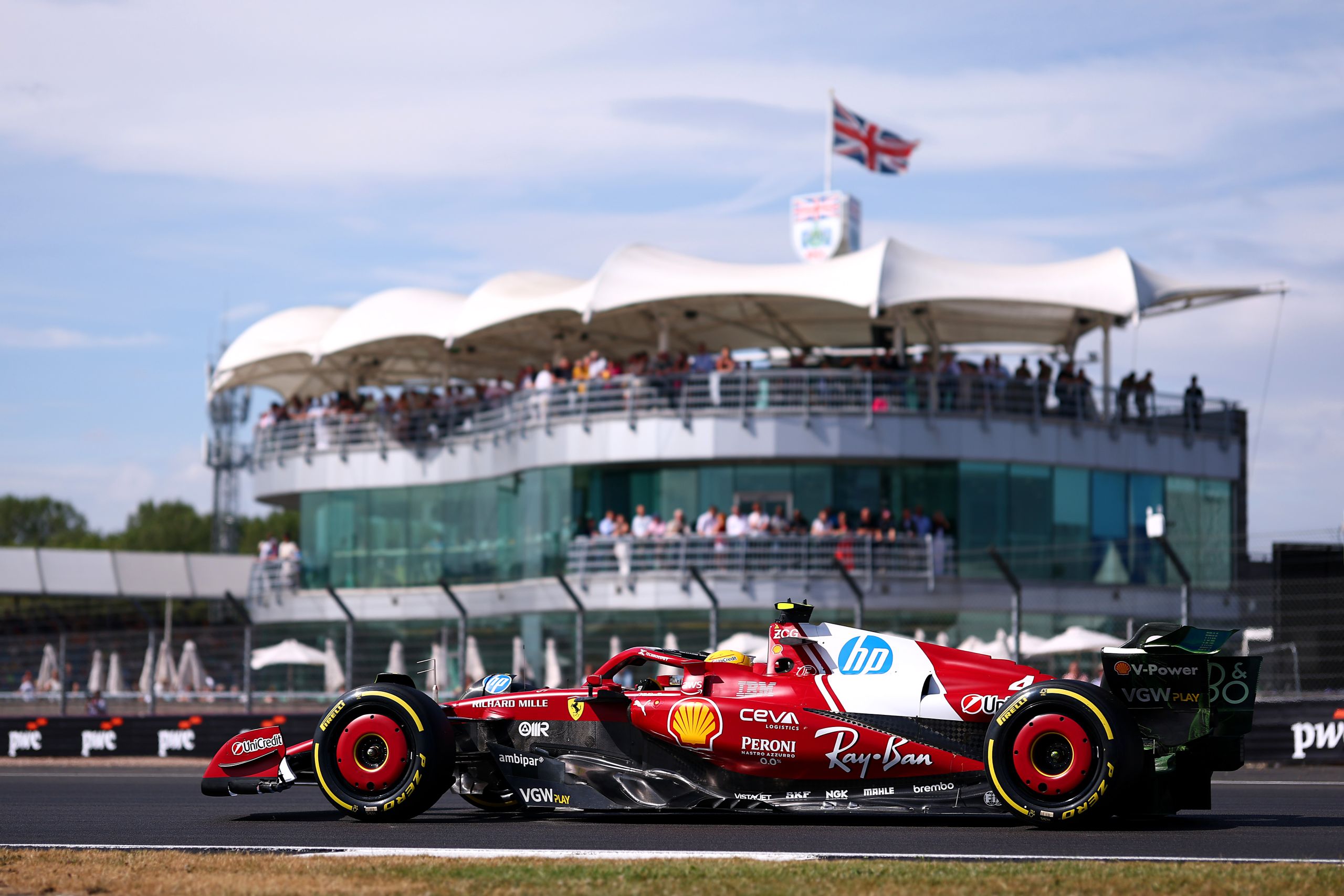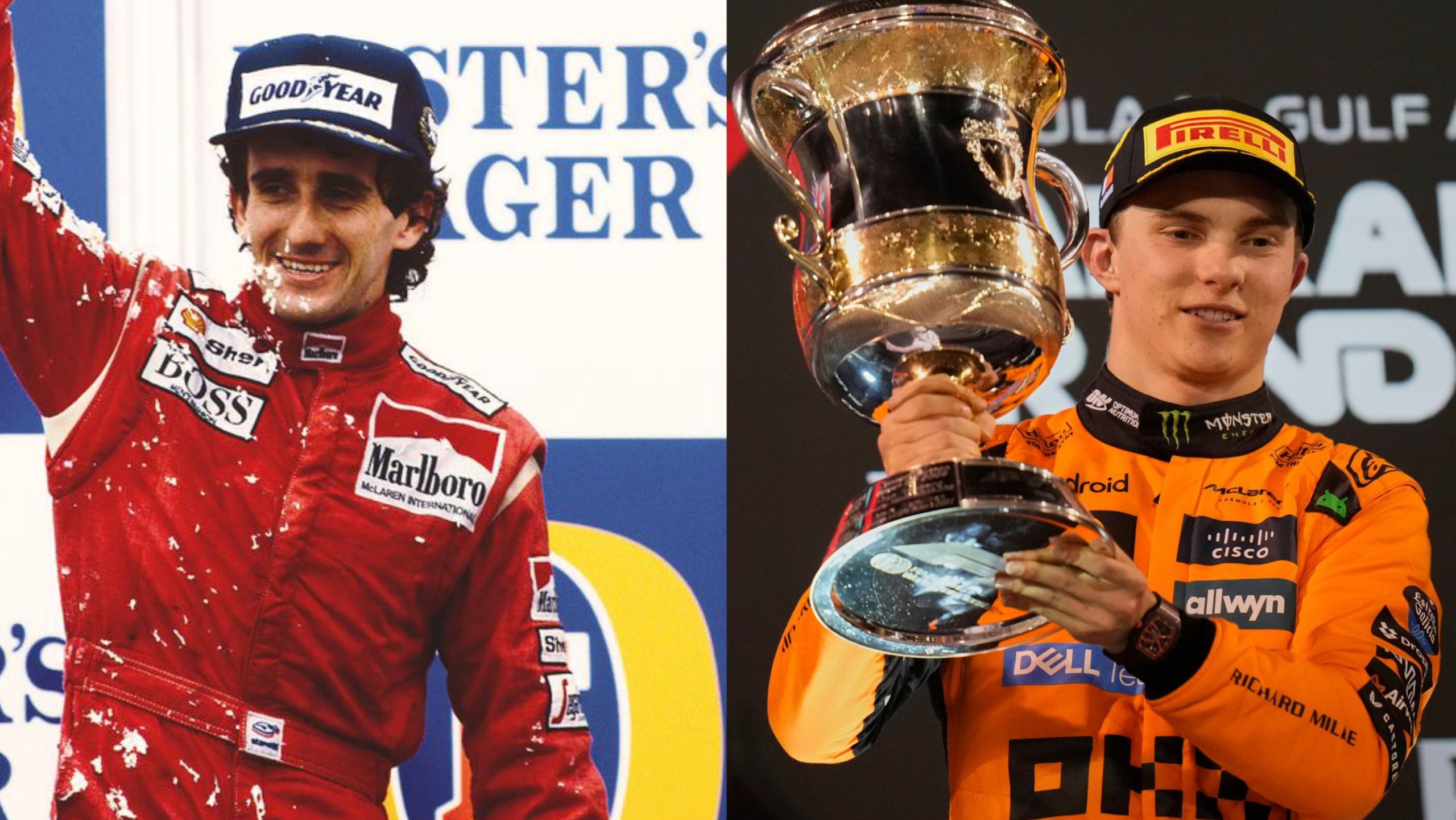Why Do F1 Cars Create Vortices?
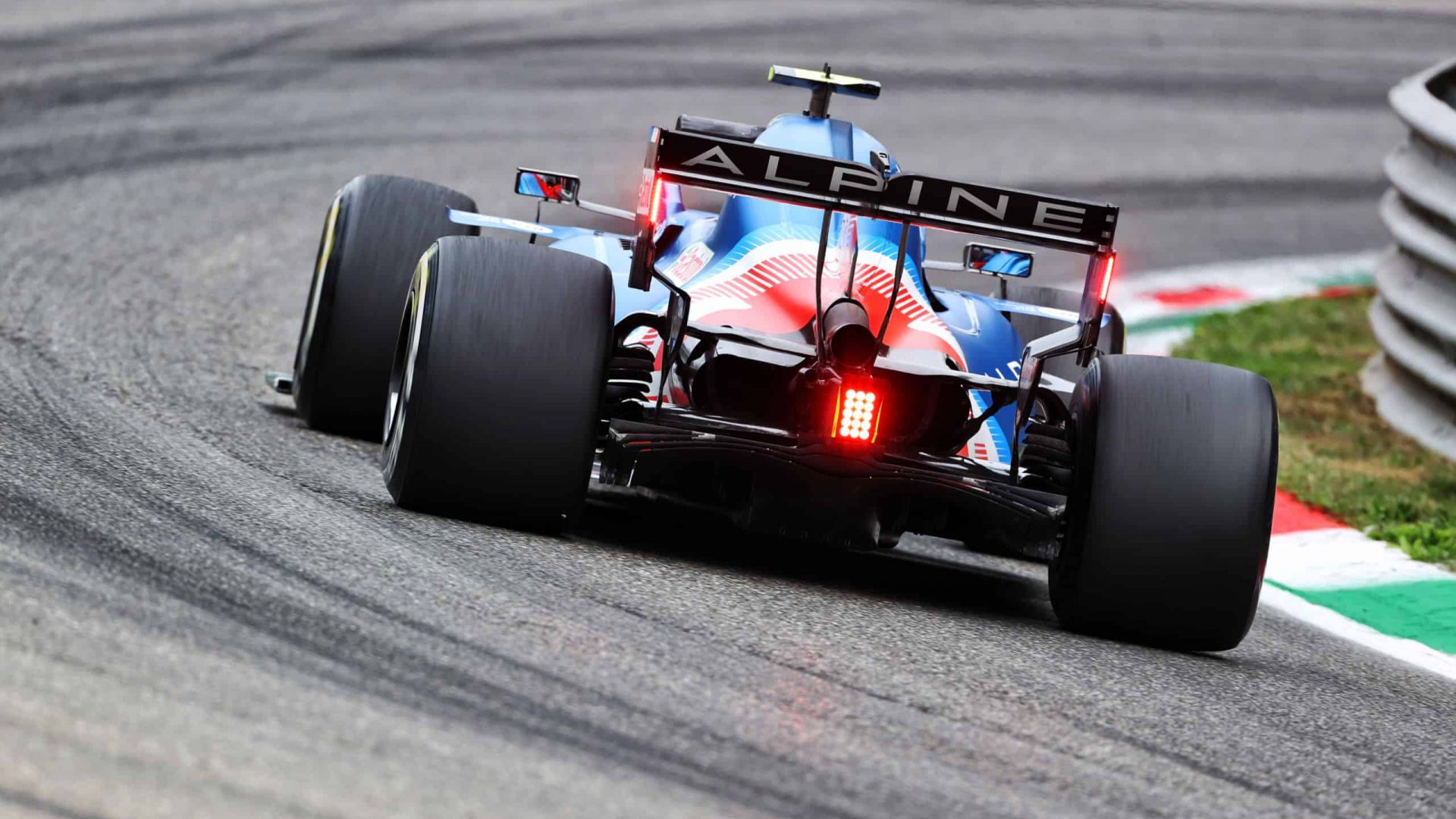
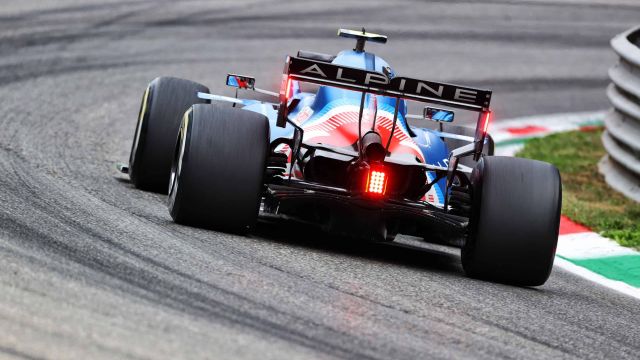
Formula 1 cars rely on downforce to keep them pressed to the surface of the track. This downforce gives the tyres a better grip on the surface. A better grip means better cornering speeds which play a crucial role in reducing lap times. Aerodynamic engineers design the shape of a car to get the maximum downforce possible. The aerodynamic design also generates vortices in the wake of the car which causes drag. Drag will hold the car back at the higher speeds on the straights. The aerodynamicists have to carefully balance the downforce with the drag to get optimum performance out of the car. This article will look at why F1 cars create vortices and how they are handled.
What are vortices in a Formula 1 car?
Anyone who is looking at a dust devil or a conical depression in the cup when stirring coffee is looking at a vortex. Vortices are the plural of a vortex. A dust devil is formed on hot sunny afternoons when the air above is rather cool. The earth heats because of the sunlight and heats up air close to it. This hot air forms a low pressure while the cooler air above is at a higher pressure. The two try to merge to balance the pressure. The hot air moves upwards while the colder air surges downward to meet the hot air. This causes the air to go into a spiral which forms a dust devil.
A vortex is the spiral movement of air around an imaginary axis. They are induced as the air flows around the tips of the wings of a plane or a car. Vortices are the biggest cause of drags on a car. They also disturb the air in the wake of the car, referred to as “dirty air” in Formula 1 lingo. Dirty air not only drags back the car that creates it, but it also resists the motion of the car that is following the car causing it. A Formula 1 car’s aerodynamics is all about controlling the drag created by vortices or using them to the car’s advantage.
How are vortices formed in a Formula 1 car?
A plane’s wings are the aerofoils that help it take off into the air and stay airborne. The aerofoil splits the air which moves over the upper and lower surfaces. In doing so, it creates high pressure below the wing and low pressure above it. This gives the plane the upward lift necessary to take off into the air. Air at different pressures will always try to mix with each other to equate the pressure. As it cannot do so through the aerofoil, the air will converge at the tips of the aerofoil. This merging of high-pressure air with low-pressure air forms vortices.
A car needs downforce rather than lift to stay firmly on the ground. So a car wing is just like flipping over the aerofoil of an aeroplane. A cars aerofoil creates high pressure above the aerofoil and low pressure below it to give the car the necessary downforce. The air, at two different pressures, converges at the tips of the aerofoil or wing to create vortices. The speed at which the car is moving determines the length of the vortices. The greater the speed of the car, the longer is the vortices generated. The vortices will extend till their energy is dissipated.
How are vortices in Formula 1 cars controlled?
Formula 1 cars are designed to create high pressure above the car and low pressure below it. This air, which flows over the car at two different pressure levels, is bound to converge at the end of the car. The convergence of the air creates vortices that produce a drag on the car. The drag created by vortices reduces the speed at which the car is travelling. Aerodynamicists try and reduce the effect of drag. Reducing the drag effect enables the car to use the power generated by the engine to the maximum and travel at greater speeds.
The rear wing is an inverted aerofoil to create a downforce rather than a lift. End plates at the tip of the wings prevent the high-pressure air from above from converging with the low-pressure air from below. Vortices will still for at the wingtips where the air at two different pressures converge. These vortices will create a drag which will reduce the speed of the car. This is countered by placing endplate louvres on the endplates. These louvres direct the high-pressure air from above towards the outside rather than downward thus reducing the vortices formed at the wingtips.
How are vortices used to the advantage of a Formula 1 car?
Not all vortices are to the detriment of a Formula 1 car. The vortices formed at the front wing of the car can be redirected to improve the performance of the car. This improved efficiency almost nullifies the drag caused by the vortices formed at the rear wingtips. The front wing of a Formula 1 car is the first part that cuts through the air. The middle 500mm portion has to be a flat surface as per FIA regulations. The vortices are formed at a distance of 250 mm on either side of the centre of the car. That is why these vortices are called the Y250 vortices.
The louvres on the front wing are designed to direct the high-pressure air from the upper surface to the sides of the car. The two vortices created by either side of the wing are further diverted by the side pods till they dissipate at the end of the car. The tyres of the car, rotating at high speeds create a lot of turbulence. The vortex from the front wing is directed between the tyre and the underfloor of the car. The turbulence of the tyres is thus kept away from the underbody which needs to remain at low pressure. The air travelling at high speed beneath the underbody cannot escape due to the vortices on both sides of the car.
Teams use other means to deliberately generate vortices that will help the performance of the car. Vortex generators on top of the side pods are an example of this. Curved vanes that point outwards are placed around the front tyre directing the turbulent air over the top. This redirected air forms a vortex on the top which does not affect the performance of the car.
Conclusion: Why do F1 cars create vortices?
Vortices are formed whenever a body moves through the air. The intensity of the vortex will depend on the speed of the object. These vortices create a drag on the object. In the case of Formula 1 cars, this drag reduces the speed of the car at higher speeds. Aerodynamicists try to reduce the drag created by the vortices to use the energy generated by the engine to the maximum. They also use louvres and vanes to redirect the high-pressure air where it cannot be bothersome.
The vortices that cannot be fully controlled are used to the advantage of the car. The high-pressure air is either directed to the sides of the car where it spends its energy or upward where they do not cause much harm. Vortices are even created and redirected above the car to increase the downforce of the cars.
Curious to know who owns Formula 1 circuits? Check out this article!


